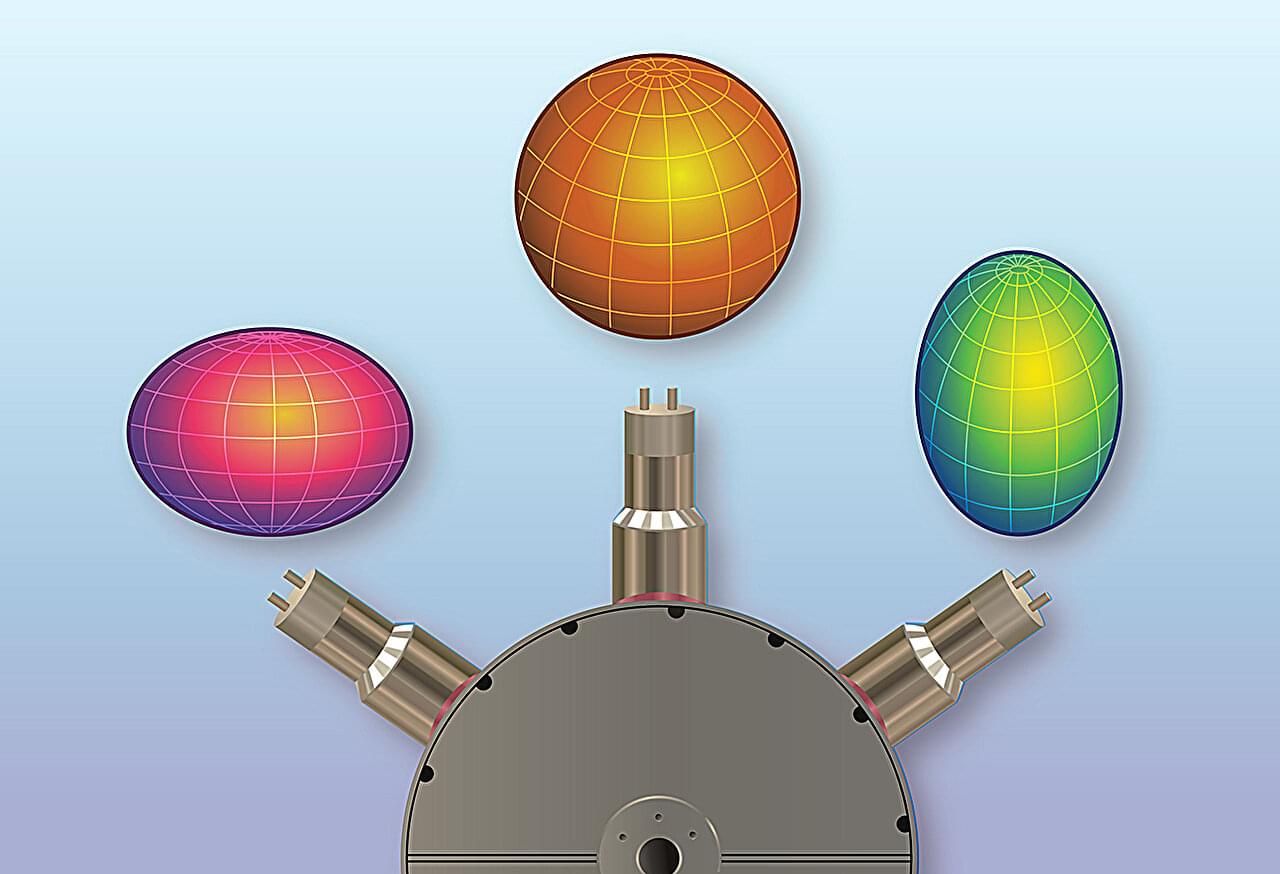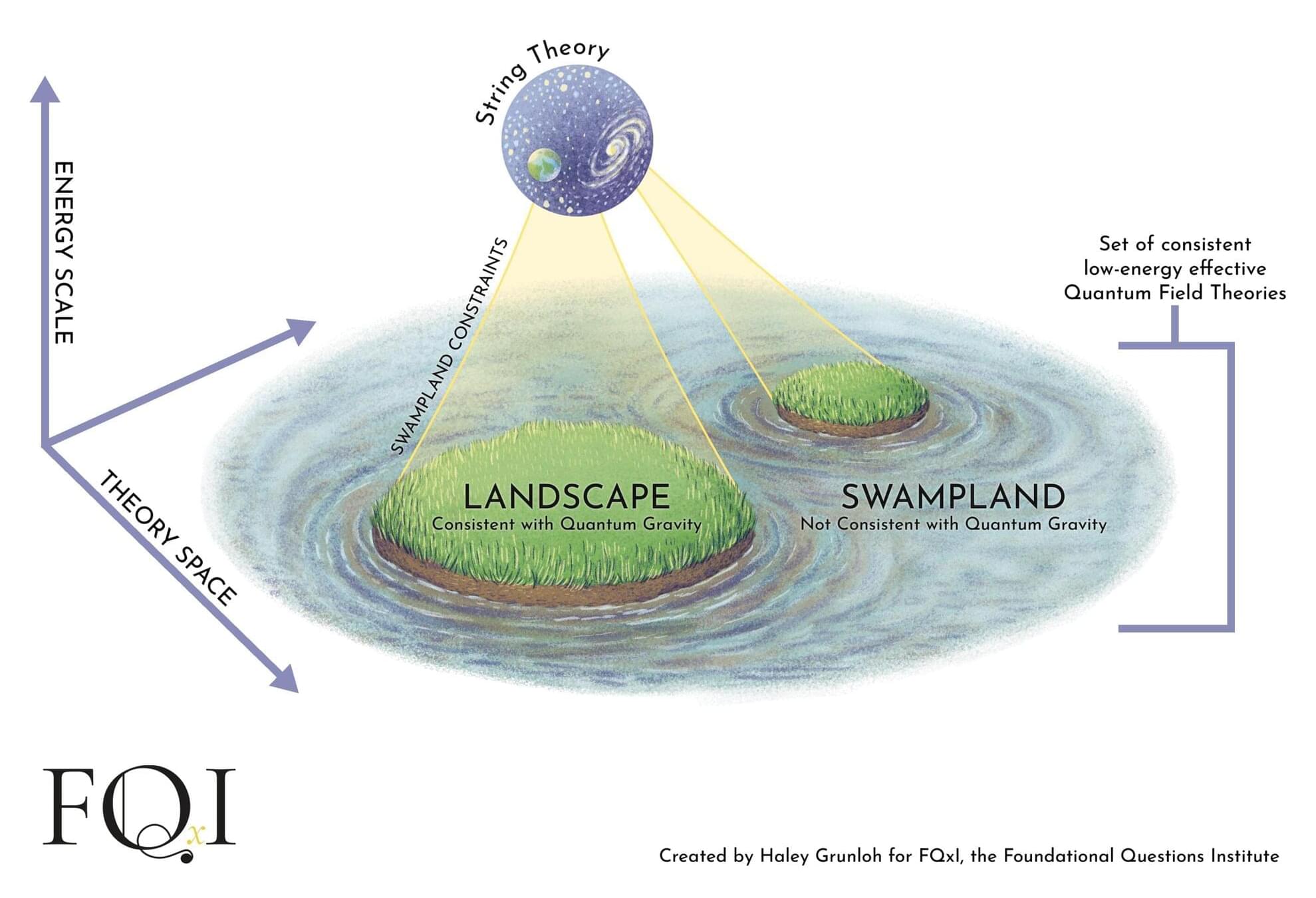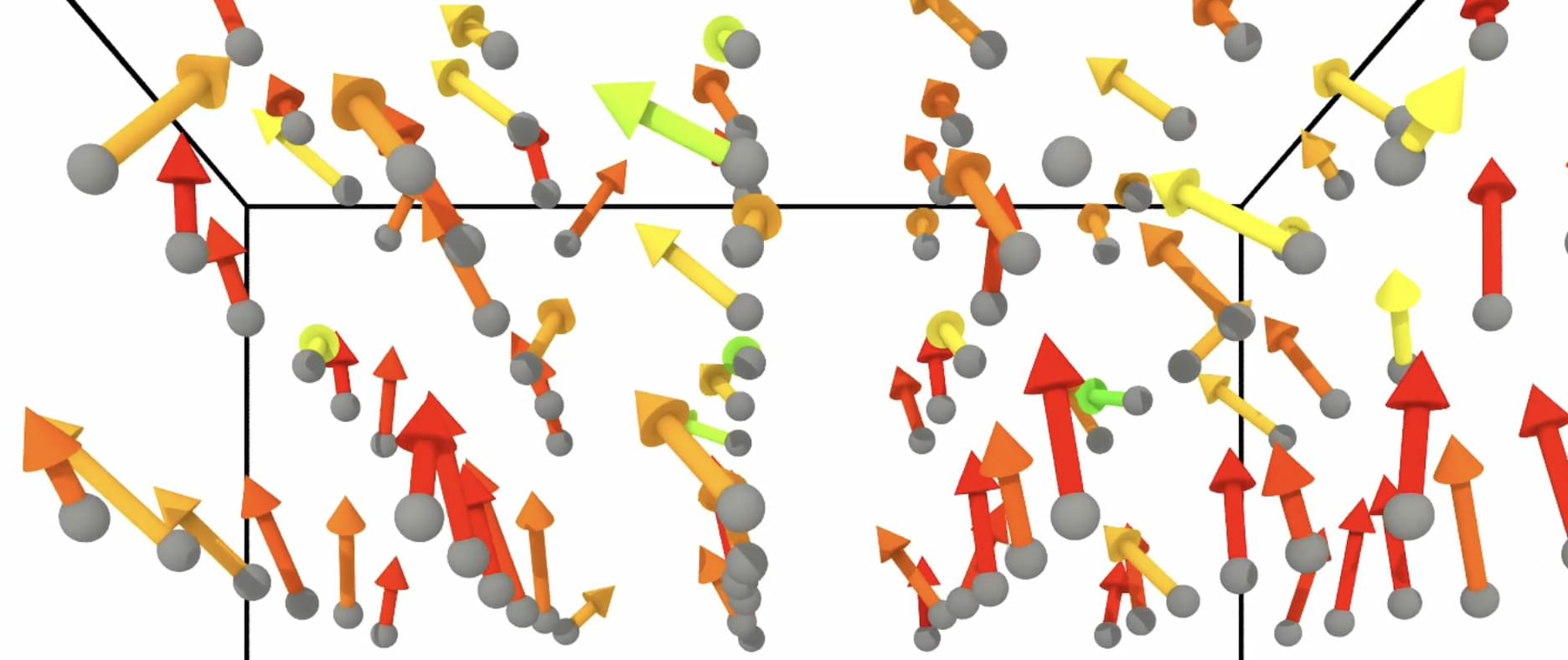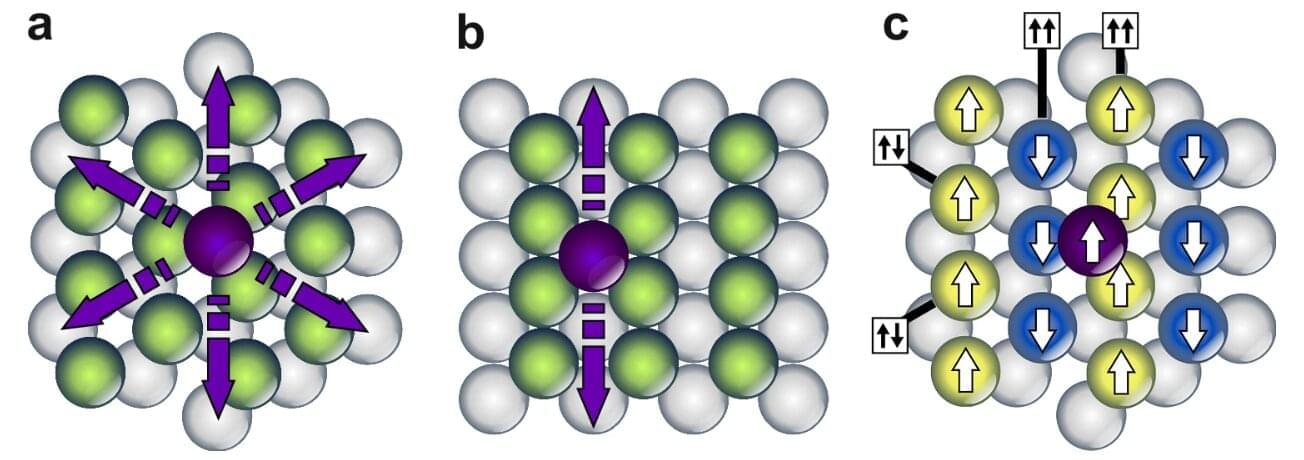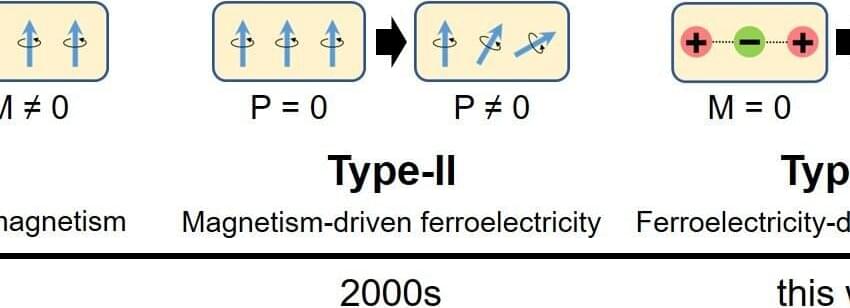A team of researchers at the Facility for Rare Isotope Beams (FRIB) at Michigan State University (MSU) has discovered that cobalt-70 isotopes form different nuclear shapes when their energy levels differ only slightly. The findings, published in Nature Communications Physics, shed light on the dynamic, complex nature of exotic nuclear particles.
The team included Artemis Spyrou, professor of physics at the Facility for Rare Isotope Beams (FRIB) and in the MSU Department of Physics and Astronomy, Sean Liddick, associate professor of chemistry at FRIB and in the MSU Department of Chemistry and Experimental Nuclear Science Department head at FRIB, Alex Brown, professor of physics at FRIB, and Cade Dembski, former FRIB student research assistant. Dembski, now working on his Ph.D. at the University of Notre Dame, served as the paper’s lead author.
“When we first started this project, it was motivated by the astrophysical side of nuclear science research, instead of focusing on nuclear structure,” Dembski said. “As we continued with our data analysis, though, we couldn’t quite understand all of the patterns we were seeing. It turned out the reason was due to some interesting nuclear structure effects that we were not expecting, and we ended up writing the paper about those effects.”
